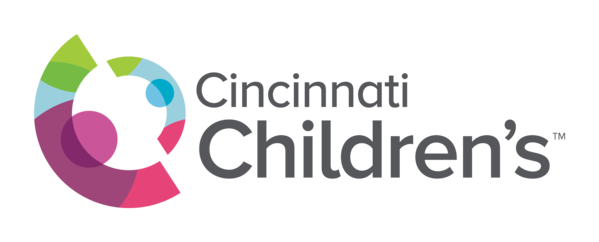Virus Expression Database



Submitted by Joel Alexander Wood (UPMC, USA) on Mar 11 2018
Platform: ngs – Illumina NextSeq 500 (Homo sapiens) 
Pubmed: 30413769
Summary PURPOSE: Acyclovir (ACV) is an effective antiviral agent for treating lytic Herpes Simplex virus, type 1 (HSV-1) infections, and it has dramatically reduced the mortality rate of herpes simplex encephalitis. However, HSV-1 resistance to ACV and its derivatives is being increasingly documented, particularly among immunocompromised individuals. The burgeoning drug resistance compels the search for a new generation of more efficacious anti-herpetic drugs. We have previously shown that 3-epi-trans-dihydrolycoricidine (R430), a lycorane-type alkaloid derivative, effectively inhibits HSV-1 infections in cultured cells.
METHODS: We employed human induced pluripotent stem cells-derived neurons (hiPSC-neurons) and neural progenitor cells (hiPSC-NPCs) to investigate the antiviral activity of R430 on HSV-1 and Zika (Strain XX), respectively. hiPSC line 73-56010-02 employed in this study established at the National Institute of Mental Health (NIMH) Center for Collaborative Studies of Mental Disorders-funded Rutgers University Cell and DNA Repository (http://www.rucdr.org/mental-health) (RUCDR). hiPSC- neurons and hiPSC-NPCs were generated as previously described (D’Aiuto et al. Organogenesis. 2014;10(4):365-77). hiPSC based assays for HSV-1 infection. We used a genetically engineered HSV-1 KOS strain that expresses enhanced green fluorescent protein (EGFP) and red fluorescent protein (RFP) under the control of immediate early and late gene promoters, respectively (33). To determine the optimal conditions for evaluating drug effects, hiPSC-neurons cells were infected for 2 hours (multiplicity of infection, MOI=0.3), after which the inocula were replaced with media containing R430 (10 µM) or vehicle (DMSO). Separately, cells were incubated in media containing R430 (10 µM) or vehicle in the absence of HSV-1. All assays were conducted in triplicate. Cells were harvested after 6 hours post infection (hpi), 12 hpi, or 24 hpi, DNA was extracted using (QIAamp DNA Mini Kit, (Qiagen) and DNA conentrations were estimated. Subsequently, the EGFP locus was amplified to estimate viral copy number using custom primers (34). A significant increase in viral copy number was noted in vehicle treated cells after 12h and 24h, but not after 6h. Substantial reduction in viral copy number was found following incubation with R430 at 12h or 24h. The 12h incubation period was therefore selected for subsequent studies examining gene expression (see below).
| ID | Title | Cell Type | Timepoint | Reported Virus | Virus Species | Exclusion Reason |
|---|---|---|---|---|---|---|
| GSM3036717 | VLN_01R | iPSC derived neurons | uninfected | Uninfected | ||
| GSM3036718 | VLN_03R | iPSC derived neurons | uninfected | Uninfected | ||
| GSM3036719 | VLN_04R | iPSC derived neurons | uninfected | Uninfected | ||
| GSM3036720 | VLN_05R | iPSC derived neurons | uninfected | Uninfected | Extra interventions treated with R430 |
|
| GSM3036721 | VLN_06R | iPSC derived neurons | uninfected | Uninfected | Extra interventions treated with R430 |
|
| GSM3036722 | VLN_08R | iPSC derived neurons | uninfected | Uninfected | Extra interventions treated with R430 |
|
| GSM3036723 | VLN_10R | iPSC derived neurons | 12 hrs | HSV-1 | Human alphaherpesvirus 1 | |
| GSM3036724 | VLN_11R | iPSC derived neurons | 12 hrs | HSV-1 | Human alphaherpesvirus 1 | |
| GSM3036725 | VLN_12R | iPSC derived neurons | 12 hrs | HSV-1 | Human alphaherpesvirus 1 | |
| GSM3036726 | VLN_13R | iPSC derived neurons | 12 hrs | HSV-1 | Human alphaherpesvirus 1 | Extra interventions treated with R430 |
| GSM3036727 | VLN_14R | iPSC derived neurons | 12 hrs | HSV-1 | Human alphaherpesvirus 1 | Extra interventions treated with R430 |
| GSM3036728 | VLN_16R | iPSC derived neurons | 12 hrs | HSV-1 | Human alphaherpesvirus 1 | Extra interventions treated with R430 |